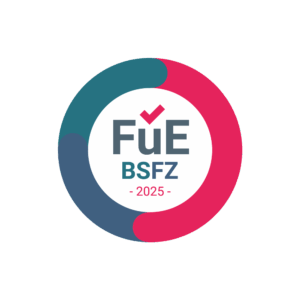
OpenAI Sora: Revolutionary Text-to-Video Generation
Estimated reading time: 7 minutes
Key Takeaways
- OpenAI Sora turns written prompts into up-to-one-minute high-fidelity videos.
- It *blends* cutting-edge diffusion models with transformer architectures for unprecedented coherence.
- Early demos showcase realistic physics, smooth camera motion, and vivid storytelling potential.
- Ethical concerns around deepfakes, copyright, and misinformation remain front-of-mind.
- Sora signals the next wave of multimodal AI—pushing toward fully generative immersive media.
Table of contents
What is Sora?
Sora is the newly unveiled text-to-video model from OpenAI, capable of generating up to 60-second clips that maintain spatial and temporal consistency. Unlike earlier systems that produced jittery or low-resolution outputs, Sora employs a novel diffusion-transformer hybrid that iteratively refines video frames, ensuring *crisper visuals* and *stable motion*.
According to The Verge’s first-look report, the model understands depth, lighting, and object permanence better than its predecessors, marking a major leap in generative video quality.
Why Does Sora Matter?
Storytelling is evolving. From indie filmmakers to large marketing agencies, the promise of crafting cinematic clips from plain language could:
- Slash production costs and democratize video creation.
- Accelerate prototyping for ads, educational content, and entertainment.
- Open doors for personalized media, where users “write” their own short films.
“Sora represents the same watershed moment for video that GPT-3 was for text.” — AI researcher Tim Smith, quoted in WIRED
Real-World Applications
Forward-thinking companies are already brainstorming use cases:
- Advertising: Generate custom B-roll footage for niche products on demand.
- Education: Visualize historical events or scientific concepts in minutes.
- Gaming & VR: Rapidly prototype storyboards and in-game cutscenes.
- Social Media: Empower creators to craft viral clips without expensive gear.
Limitations & Ethical Concerns
Despite its promise, Sora is far from perfect:
- Complex physics (e.g., liquids) can still glitch.
- Longer sequences risk narrative drift or object warping.
- Data provenance remains opaque, raising *copyright questions*.
- Deepfake potential intensifies the need for robust content authentication.
The nonprofit AI Ethics Lab urges platforms to adopt watermarking and metadata standards before mass deployment.
Expert Reactions
Researchers laud Sora’s creative leap but stress cautious optimism:
- Dr. Fei-Fei Li tweeted that Sora is “impressive yet incomplete,” pointing to edge-case failures.
- Media scholars worry about “visual spam” flooding online ecosystems.
- Investors anticipate a surge in Sora-powered startups focusing on niche verticals.
Future Outlook
OpenAI hints at integrating Sora with GPT-4o for seamless prompt engineering, letting users iterate scripts and visuals in one loop. Expect:
- Higher resolution (4K+) and longer durations.
- Interactive editing where users tweak objects mid-scene.
- Tighter safeguards—watermarks, content credentials, and usage caps.
*In short, Sora foreshadows a world where anyone can “print” movies on demand. The question is not if, but how responsibly we’ll wield this power.*
Frequently Asked Questions
Q1. Is Sora available to the public?
Sora is in closed beta with select creators and researchers. OpenAI plans a wider release after safety evaluations.
Q2. How does Sora differ from Runway’s Gen-2?
While both generate videos, Sora emphasizes longer coherent scenes and richer physics, whereas Gen-2 currently focuses on shorter, stylistic clips.
Q3. Can Sora recreate copyrighted footage?
OpenAI states that filters block explicit replication, but gray areas remain; users must secure rights for referenced material.
Q4. Will Sora replace human videographers?
Experts predict augmentation rather than replacement—humans will focus on creative direction while AI handles labor-intensive rendering.
Bildquelle:Bildquelle

